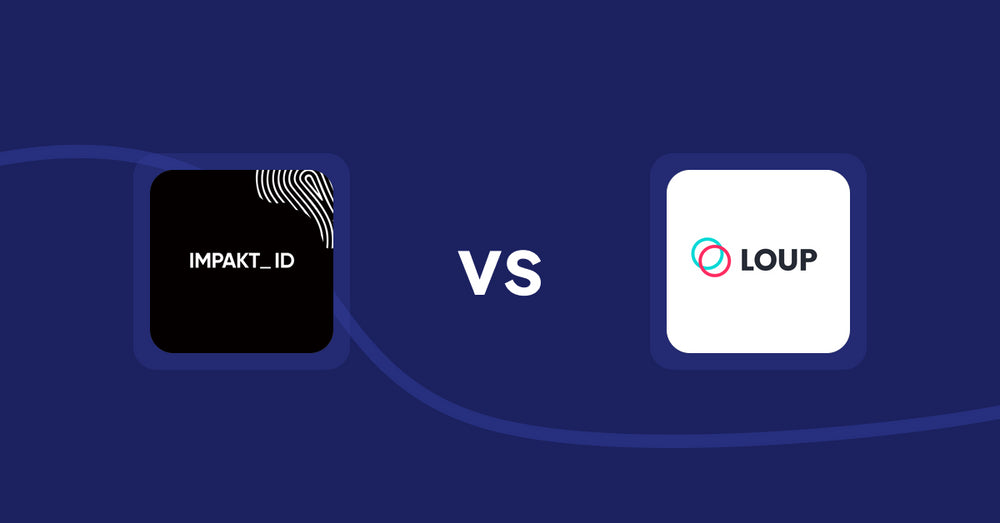Shopify Metafield Apps: Native Metafields vs Metafield Master

Table of Contents
- Introduction
- How Does Native Metafields Work?
- How Does Metafield Master Work?
- How Much Does Native Metafields Cost?
- How Much Does Metafield Master Cost?
- Cost Analysis: Native Metafields vs. Metafield Master
- User Reviews & Customer Support Insights
- Integration and Compatibility Comparison
- Conclusion
Introduction
In the evolving landscape of e-commerce, metafields play a crucial role in enhancing product detail management and overall shopping experience. Metafields offer a way to store additional information about products, which can significantly boost customer engagement and conversion rates. As business owners look for effective ways to manage this data, choosing the right metafield app becomes essential. This is where apps like Native Metafields and Metafield Master come into play, offering a range of features to streamline metafield management and improve overall store operations.
Native Metafields and Metafield Master stand out for their ability to provide extensive options for metafield handling on Shopify. They not only ease the integration process but also enhance the user experience through their design and functionality. In this blog post, we will explore how these two apps compare in terms of features, pricing, and user feedback to help you determine which is the better fit for your business.
How Does Native Metafields Work?
Native Metafields is designed to simplify the management of metafields across various types, including colors, date & time, files, JSON, and text. Here's how it operates:
-
Setup: Users can easily view and edit metafields across products, customers, and orders with a few clicks. Its interface is intuitive, making it accessible even for those not well-versed in technical terms.
-
Main Features:
- Viewing and Editing: You can see all metafields at once and update their values directly within the app. This functionality is a game-changer for businesses with numerous products needing frequent updates.
- Import & Export: The app allows for bulk import and export of metafields, making data management efficient. You can transfer up to 5,000 records in a single file, catering to the needs of large enterprises.
- File Uploads: Upload images, files, and videos seamlessly, providing a richer context for your product listings.
In hypothetically leveraging these features, a startup could streamline its product listing process, saving hours of time spent on data entry. Small to medium-sized businesses might find the bulk upload feature particularly useful when launching new products, while large enterprises can benefit from the capability to update thousands of entries in one go.
How Does Metafield Master Work?
Metafield Master, while offering its own set of capabilities, adopts a different approach. Here’s a summary of its functionality:
-
Overview: The app focuses on providing seamless management of metafields for products, variants, and collections. It aims to make metafield navigation easier for Shopify merchants.
-
Main Features:
- Bulk Export and Import: Like Native Metafields, it allows bulk operations, advocating for faster data management. However, users are limited to 30 entries under the Free Plan which may not suffice for rapidly growing businesses.
- Integrated Logging: This feature enables users to monitor metafield operations, providing transparency in data management.
While the integrated logging may appeal to larger operations focused on compliance and accuracy, the limited entry count under the free plan can be a significant drawback for startups and small businesses.
Compared to Native Metafields, Metafield Master appears less robust in terms of scalability, potentially placing constraints on businesses looking to grow.
How Much Does Native Metafields Cost?
When evaluating metafield management solutions, understanding the cost structure is vital. Native Metafields offers various pricing tiers to suit different business needs:
-
Starter Plan (Free): Ideal for startups looking to familiarize themselves with metafields. It provides viewing and retrieving liquid code syntax for basic metafield needs.
-
Advanced Plan ($6.99/month): This plan is suited for small to medium-sized businesses that require the ability to edit metafields and import/export up to 500 records. The introductory price is reasonable for the advanced features offered.
-
Professional Plan ($9.99/month): A good fit for growing businesses that need more extensive features, including the ability to manage up to 2,000 records per file.
-
Expert Plan ($15.99/month): Designed for large enterprises looking for comprehensive metafield management, allowing bulk actions up to 5,000 records at once.
Importantly, businesses can reach out for custom pricing plans, ensuring flexibility regardless of operational scale.
“It is important to note that you can always reach out to our team and we can create a custom pricing plan to suit your needs and your budget. Schedule a call via this link and we’ll come up with the best solution for you and your business.”
How Much Does Metafield Master Cost?
Similar to its competitor, Metafield Master features a straightforward pricing structure aimed at different types of Shopify merchants:
-
Free Plan: Allows users to manage up to 30 entries. This is advantageous for very small stores but may limit growth potential.
-
Standard Plan ($15/month): Offers unlimited entries, making it a reasonable choice for small to medium-sized businesses intending to expand.
While the Standard Plan offers robust options, the initial free plan restricts many startups from utilizing the app’s full potential. Moreover, the costs can add up for businesses that require more advanced features like those available in Native Metafields.
Cost Analysis: Native Metafields vs. Metafield Master
When comparing both apps, Native Metafields offers a superior value proposition across various price points, especially for startups and growing businesses. The tiered pricing structure of Native Metafields allows businesses to start free of charge and gradually scale up based on their needs, making it a more accessible entry point for users.
Meanwhile, Metafield Master’s limitations in the free tier could deter budding entrepreneurs from fully leveraging the potential of metafields. Although the Standard Plan is competitively priced, it doesn't surpass the variety of options and features that Native Metafields presents.
User Reviews & Customer Support Insights
Is Native Metafields Good?
With an impressive 5-star rating from 64 reviews, Native Metafields stands out in terms of user satisfaction. Many users praise its intuitive design, broad range of features, and effective customer support.
Is Metafield Master Good?
Despite having a 5-star rating based on only two reviews, it's difficult to draw comprehensive conclusions. Users may appreciate its straightforward functionality and ease of use, but the limited number of reviews may indicate a lack of broad user consensus.
Customer support is crucial in determining satisfaction levels, and well-developed support can positively impact user retention and app ratings.
User Preference: Native Metafields or Metafield Master?
Given the difference in review volume and detailed feedback, Native Metafields clearly appears to be the preferred option. Its comprehensive features, combined with greater user feedback, position it as a more robust solution for metafield management.
Integration and Compatibility Comparison
Native Metafields Integrations
Native Metafields does not specifically list integrations, but its broad adaptability within Shopify’s ecosystem suggests seamless compatibility with various applications. The ease of integration can significantly enhance operational efficiency for merchants.
Metafield Master Integrations
Similar to its counterpart, Metafield Master also lacks detailed integration listings. Nonetheless, it aims to facilitate ease of data transfer within existing Shopify tools. Enhanced integration capabilities could augment user experience, albeit not explicitly outlined.
Conclusion
Both Native Metafields and Metafield Master present practical solutions for metafield management. However, Native Metafields is likely the superior choice for many users, thanks to its user-friendly features, competitive pricing structure, and positive user reviews. With its extensive functionalities catering to businesses of all sizes, it clearly outshines Metafield Master, especially for those seeking flexibility and scalability. Investing in Native Metafields could well be a strategic decision for businesses looking to maximize their metafield management capabilities.
Still Searching for the Perfect Customization Solution?
Stop searching and start thriving with Accentuate Custom Fields! This powerful metafield management app supercharges Shopify’s native features, giving you the tools to create a truly personalized customer experience.
Why Choose Accentuate Custom Fields?
- Advanced Customization: Unlimited field definitions, logical grouping, and custom layouts make your store one-of-a-kind.
- Enhanced Editor Experience: Effortlessly edit variant metafields, use advanced HTML and markdown editors, and sync field definitions between stores.
- Flexible Management: Import/export capabilities, automatic tagging, and comprehensive support for Metaobjects and versioning.
- 24/7 Support: If you have any questions or need assistance, our team is available around the clock to help with any custom modifications to suit your store.
Join over 12,000 merchants, including top Shopify Plus stores, who trust Accentuate for their customization needs. With a stellar 4.9-star rating, Accentuate is the go-to tool for advanced CMS needs, offering unmatched flexibility and control over your store’s content. Elevate your Shopify store with high-quality content that boosts customer experiences and conversions. Tell your story, showcase your products, and create an engaging customer journey with ease.
Experience the Accentuate difference and watch your Shopify store thrive!
Accentuate vs Competition
Explore how Accentuate Custom Fields stands out. Whether you’re aiming to customise your storefront, streamline operations or improve content management, see how we compare against the competition

Shopify Product Display Apps: FeatureFrame ‑ Pretty Product vs. AI SEO: Top Product Features

Shopify Product Display Apps: Metadrob: Create Virtual Store vs シンプルクラウドファンディング|お手軽自社クラファン
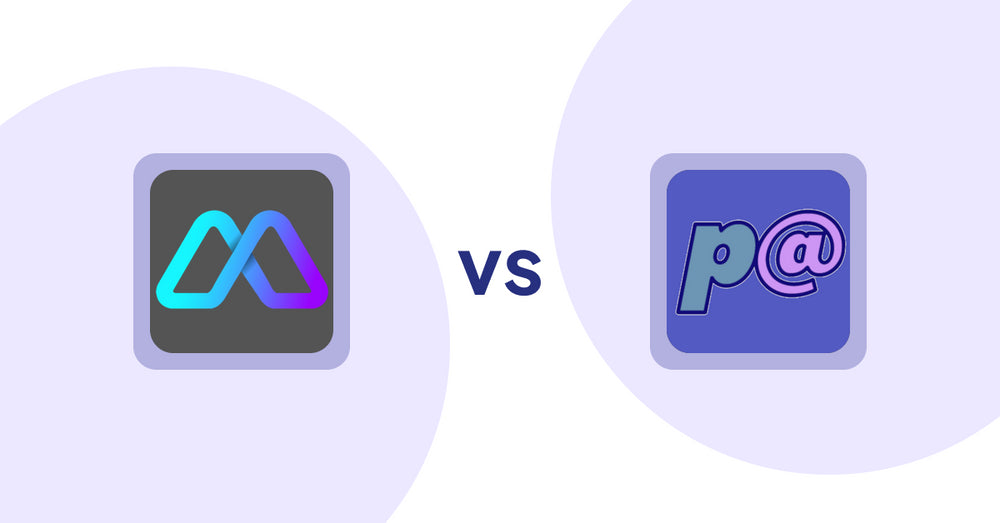
Shopify Product Display Apps: Metadrob: Create Virtual Store vs Parameterizer
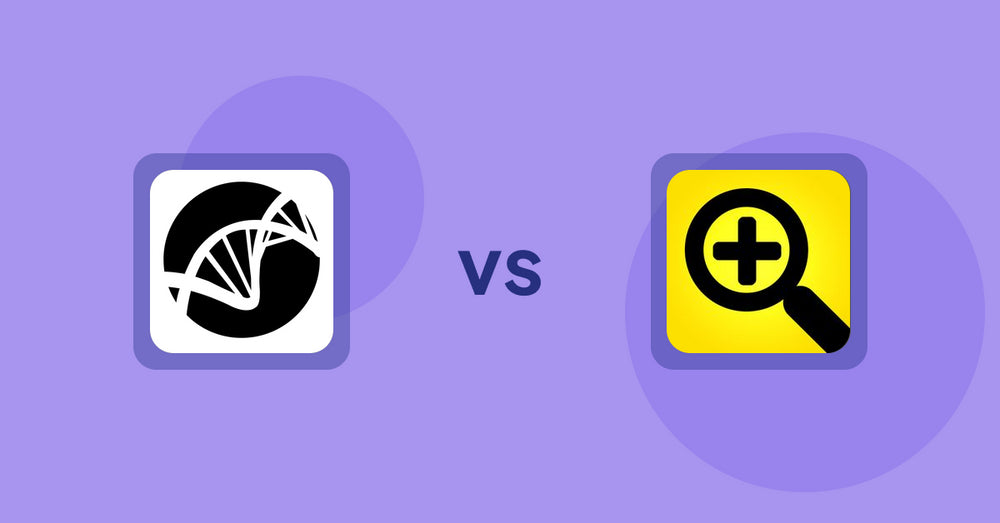
Shopify Product Display Apps: Bike Matrix vs. Fast View: Fastest Quick View
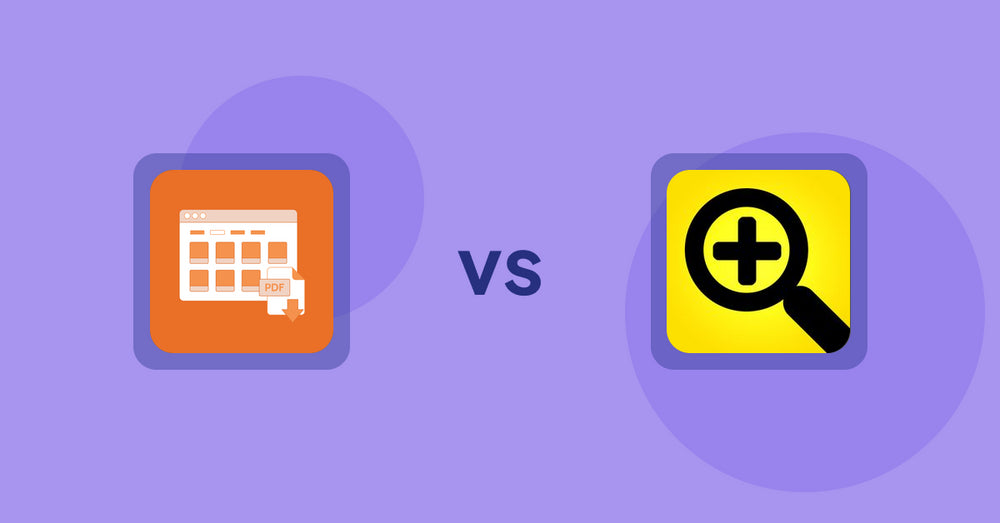
Shopify Product Display Apps: Meetanshi PDF Product Catalog vs Fast View: Fastest Quick View

Shopify Product Display Apps: UR: Smart Ranking vs Sortyfi Collection Merchandise

Shopify Product Display Apps: UR: Smart Ranking vs PDP Star

Shopify Product Display Apps: Menulog vs Reelify ‑ Shoppable Reel Video

Shopify Product Display Apps: H3 Estimated Delivery vs Findify Search & Merchandise

Shopify Product Display Apps: Wordo ‑ ChatGPT AI Description vs Urgency! Low Stock Counter

Shopify Product Display Apps: WS Transparency vs シンプル会員注文割引|お手軽ログインセール設定

Shopify Product Display Apps: WS Transparency vs Reelify ‑ Shoppable Reel Video

Shopify Product Display Apps: Awesome Ranking vs シンプル売り切れ非表示|在庫切れ商品の表示変更

Shopify Product Display Apps: OC Product Size Chart vs FeatureFrame ‑ Pretty Product

Shopify Product Display Apps: Shelfify vs Bike Matrix
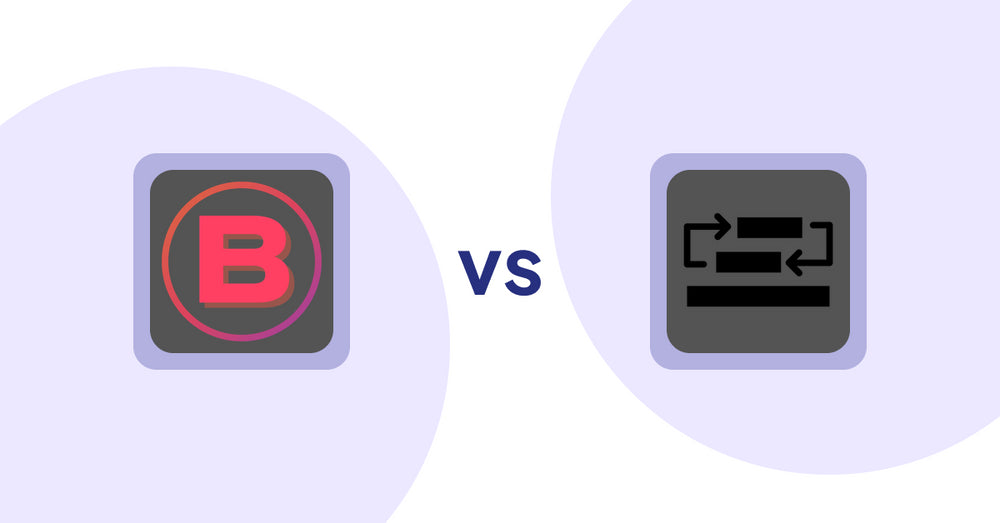
Shopify Product Display Apps: Banter Stories vs Sortyfi Collection Merchandise

Shopify Product Display Apps: Banter Stories vs. Reelify ‑ Shoppable Reel Video

Shopify Product Display Apps: Wordsmith: Content Generator vs Parameterizer

Shopify Product Display Apps: Wordsmith: Content Generator vs Reelify ‑ Shoppable Reel Video

Shopify Product Display Apps: Bringin vs CartBar ‑ Product Purchase Bar
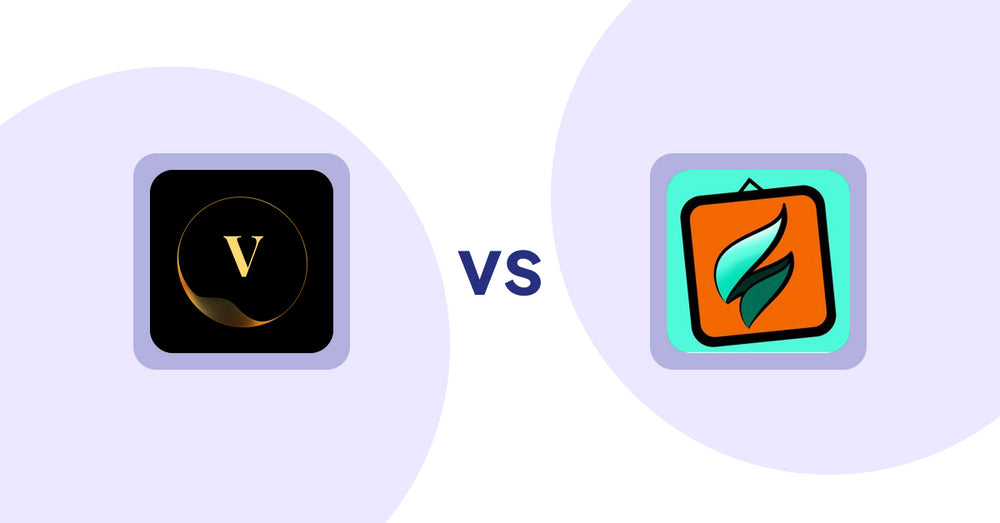
Shopify Product Display Apps: ProductTube vs SMART ‑ Art Product Builder

Shopify Product Display Apps: Xpander vs PDP Star

Shopify Product Display Apps: Xpander vs Banter Stories

Shopify Product Display Apps: Wonderful Widgets vs Bringin

Shopify Product Display Apps: BookE - Rent Property & Service vs Metadrob: Create Virtual Store

Shopify Product Display Apps: BookE ‑Rent Property & Service vs. Banter Stories

Shopify Product Display Apps: Product Table vs. Xpander

Shopify Product Display Apps: Selling Fast vs CartBar ‑ Product Purchase Bar

Shopify Product Display Apps: Selling Fast vs. Loup: Sell on Instagram

Shopify Product Display Apps: Selling Fast vs. Findify Search & Merchandise

Shopify Product Display Apps: Selling Fast vs. Aiuta

Shopify Product Display Apps: Selling Fast vs Bestsellr

Shopify Product Display Apps: Selling Fast vs ProductTube

Shopify Product Display Apps: Extendons Product Tag Images vs Urgency! Low Stock Counter

Shopify Product Display Apps: Writer Sofia vs シンプルクラウドファンディング|お手軽自社クラファン

Shopify Product Display Apps: Writer Sofia vs Wordsmith: Content Generator
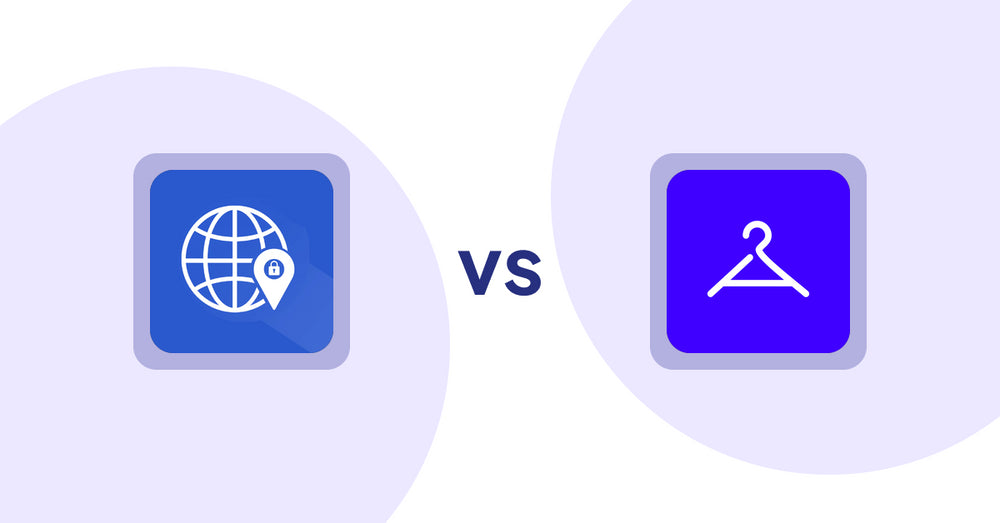
Shopify Product Display Apps: Addify ‑ Country Restrictions vs Aiuta
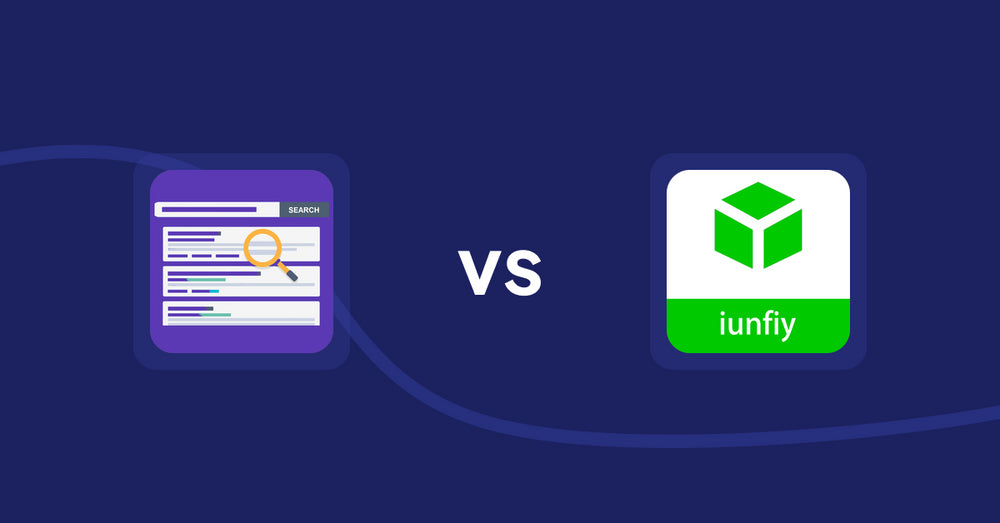
Shopify Product Display Apps: Spark AI Products Description vs iunfiy • Related Products

Shopify Product Display Apps: BeUnico vs Loup: Sell on Instagram

Shopify Product Display Apps: Easy Estimate Shipping vs BookE ‑Rent Property & Service

Shopify Product Display Apps: Easy Estimate Shipping vs. Spark AI Products Description

Shopify Product Display Apps: Mugshot Bot vs Parameterizer
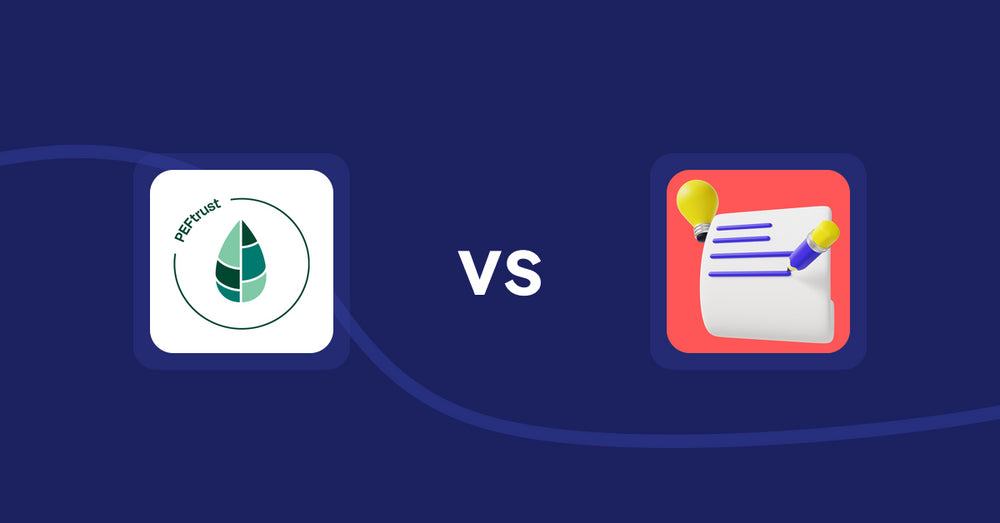
Shopify Product Display Apps: Peftrust vs. Wordo ‑ ChatGPT AI Description

Shopify Product Display Apps: Quick Product Navigator Slide vs Reelify ‑ Shoppable Reel Video

Shopify Product Display Apps: Quick Product Navigator Slide vs. UR: Smart Ranking

Shopify Product Display Apps: Eazy Specification Tags Table vs Agile Attachments

Shopify Product Display Apps: Jedi Back In Stock Admin Alert vs FeatureFrame ‑ Pretty Product

Shopify Product Display Apps: Jedi Back In Stock Admin Alert vs. Findify Search & Merchandise

Shopify Product Display Apps: Jedi Back In Stock Admin Alert vs Banter Stories
